PPR (Polypropylene Random Copolymer) plumbing has become a staple in modern piping systems, largely due to its reliable and efficient heat fusion technology. This article delves into the intricacies of heat fusion in PPR plumbing, highlighting its benefits, techniques, and best practices for achieving optimal results.
Understanding Heat Fusion in PPR Plumbing
What is Heat Fusion?
Heat fusion is a method used to join PPR pipes and fittings by melting the material at the connection points. This process involves heating both the pipe and the fitting until they reach a molten state, then pressing them together to form a strong, homogeneous bond. This technique ensures a leak-proof and durable connection, integral to the integrity of PPR plumbing systems.
The Science Behind Heat Fusion
The success of heat fusion relies on the molecular structure of PPR. When heated, the polymer chains in PPR become mobile and interlink as they cool, creating a seamless and robust joint. This fusion is not just a surface bond but a deep molecular integration, which distinguishes it from other connection methods like gluing or mechanical fittings.
Equipment Used in Heat Fusion
Heat fusion in PPR plumbing requires specialized tools, including a heating tool with interchangeable heating heads to fit different pipe sizes, alignment clamps to hold the pipes in place, and a thermometer to ensure the correct melting temperature. Proper use of this equipment is crucial for achieving a strong and reliable connection.
Benefits of Heat Fusion in PPR Plumbing
Leak-proof Connections
One of the most significant advantages of heat fusion is the elimination of leaks. Since the joint created is seamless and homogeneous, there are no weak points where leaks can develop. This ensures long-term reliability and reduces maintenance costs associated with leak repairs.
Durability and Strength
Heat-fused joints in PPR plumbing are exceptionally durable. The molecular integration of the material at the joint ensures it can withstand high pressure and temperature variations without compromising its integrity. This makes PPR plumbing suitable for both hot and cold water systems.
Corrosion Resistance
Unlike metal piping systems, PPR plumbing with heat-fused joints does not corrode over time. The plastic material is resistant to a wide range of chemicals and environmental factors, ensuring longevity and consistent performance in various applications.
Techniques and Best Practices for Heat Fusion
Preparation
Before starting the heat fusion process, it’s essential to prepare the pipes and fittings properly. This involves cutting the pipes to the desired length using a pipe cutter and ensuring the ends are clean and free from debris. Proper preparation helps achieve a perfect fit and a strong bond.
Heating
The heating tool must be set to the appropriate temperature for PPR, typically around 260°C (500°F). Both the pipe and the fitting should be heated simultaneously for an even melt. It’s crucial to follow the manufacturer’s guidelines for heating times to avoid under or overheating.
Joining
Once the materials are adequately heated, they should be quickly and carefully joined. Alignment is critical during this step to ensure the pipes are connected straight and without any gaps. Using alignment clamps can help maintain precision and prevent misalignment.
Cooling
After joining, the connection should be allowed to cool naturally. Avoid any movement or stress on the joint during this period to ensure a solid bond. The cooling time varies depending on the pipe size and ambient temperature but generally takes a few minutes.
Applications of Heat Fusion in PPR Plumbing
Residential Water Systems
In residential settings, heat fusion is commonly used for installing hot and cold water systems. The leak-proof and durable nature of the joints ensures a reliable water supply, minimizing the risk of water damage from leaks.
Industrial Piping Systems
Heat fusion is also prevalent in industrial applications, where the piping systems must withstand harsh chemicals and extreme temperatures. PPR’s resistance to corrosion and its robust joints make it ideal for industrial use.
Agricultural Irrigation
In agriculture, PPR plumbing with heat-fused joints is used for irrigation systems. The strong and leak-proof connections are crucial for efficient water distribution, ensuring crops receive adequate water without loss due to leaks.
Conclusion
Heat fusion technology in PPR plumbing offers numerous advantages, from leak-proof connections to enhanced durability and corrosion resistance. Understanding the process and adhering to best practices ensures optimal results, making PPR plumbing a reliable choice for various applications. Whether for residential, industrial, or agricultural use, the benefits of heat fusion in PPR plumbing make it a superior choice over other connection methods. By investing in proper equipment and following precise techniques, installers can achieve long-lasting and efficient piping systems with PPR.
IFAN is a Chinese manufacturer of plastic pipes, fittings and valves with 30 years of experience. If you are interested in IFAN copper fittings, copper valves, plastic pipes and fittings, please contact us. IFAN offers you a variety of standard pipes to meet your specific needs. Click below to learn more about IFAN’s wide range of affordable and cost-effective valve products and piping system related products.
We will reply your email or fax within 24 hours.
You can call us at any time if there is any question on our production.
For more information,pls visit our webside https://pipefittingpro.com/
Pls Mailto: [email protected]
Whatsapp: + 86 19857948982

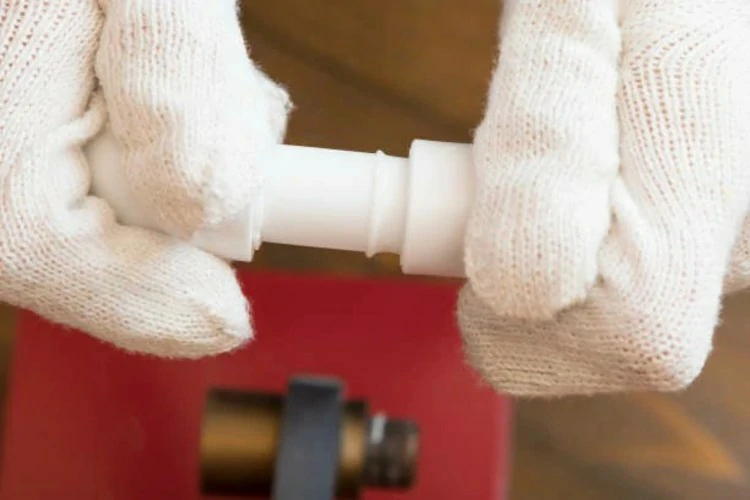
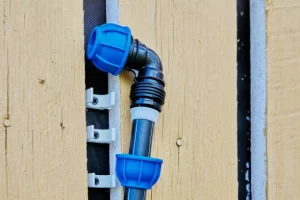
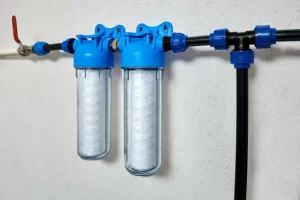
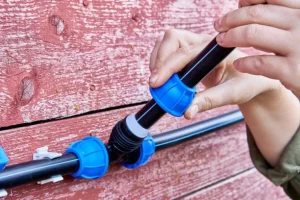
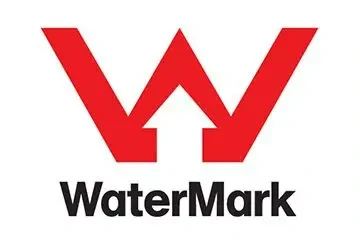

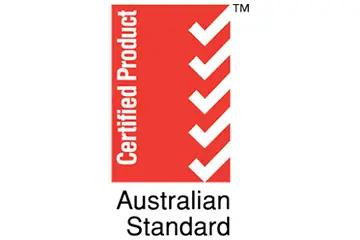
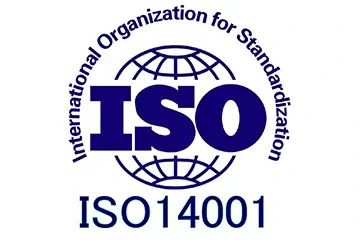

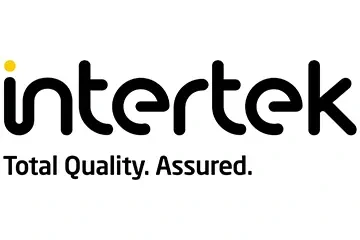


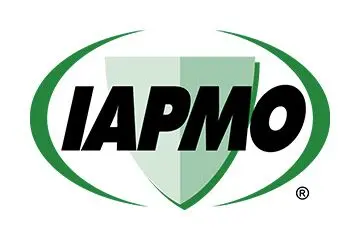
Recent Comments